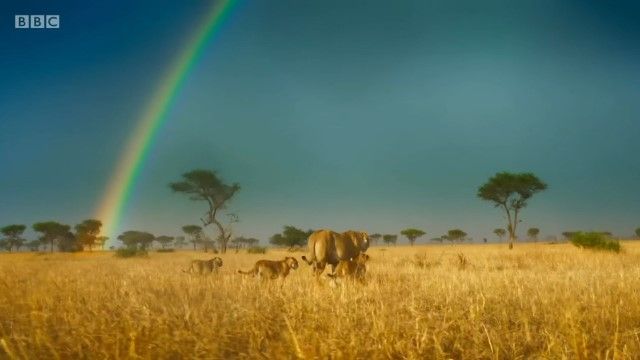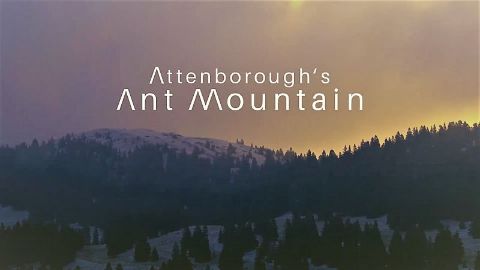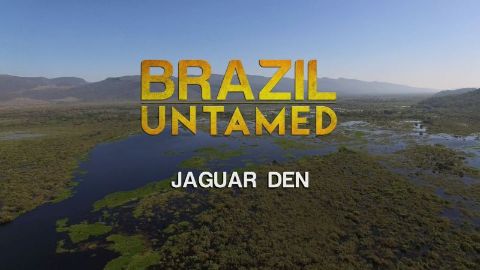Savage Island Giants • 2019
The Auckland Islands are an isolated archipelago of islands far south of New Zealand. They might seem bleak, but they are a surprising sanctuary for wildlife. In summer, hordes of giant sea lions descend upon a desolate beach, and testosterone-driven males begin bloody battles for mating rights. When the pregnant females return to give birth on the beach, chaos ensues. The pups are always in danger of being squashed by overly eager males. Some of the rarest penguins on the planet, the yellow-eyed penguins, are also breeding here and must constantly evade the huge brawling male sea lions. Southern royal albatross, giant petrels and skuas are other species that go to extremes to ensure their offspring’s survival. The drama of summer in the sub-Antarctic islands peaks as the sea lion pups dare to take their very first ocean swims.
Make a donation
Buy a brother a hot coffee? Or a cold beer?
Hope you're finding these documentaries fascinating and eye-opening. It's just me, working hard behind the scenes to bring you this enriching content.
Running and maintaining a website like this takes time and resources. That's why I'm reaching out to you. If you appreciate what I do and would like to support my efforts, would you consider "buying me a coffee"?
Donation addresses
BTC: bc1q8ldskxh4x9qnddhcrgcun8rtvddeldm2a07r2v
ETH: 0x5CCAAA1afc5c5D814129d99277dDb5A979672116
With your donation through , you can show your appreciation and help me keep this project going. Every contribution, no matter how small, makes a significant impact. It goes directly towards covering server costs.





